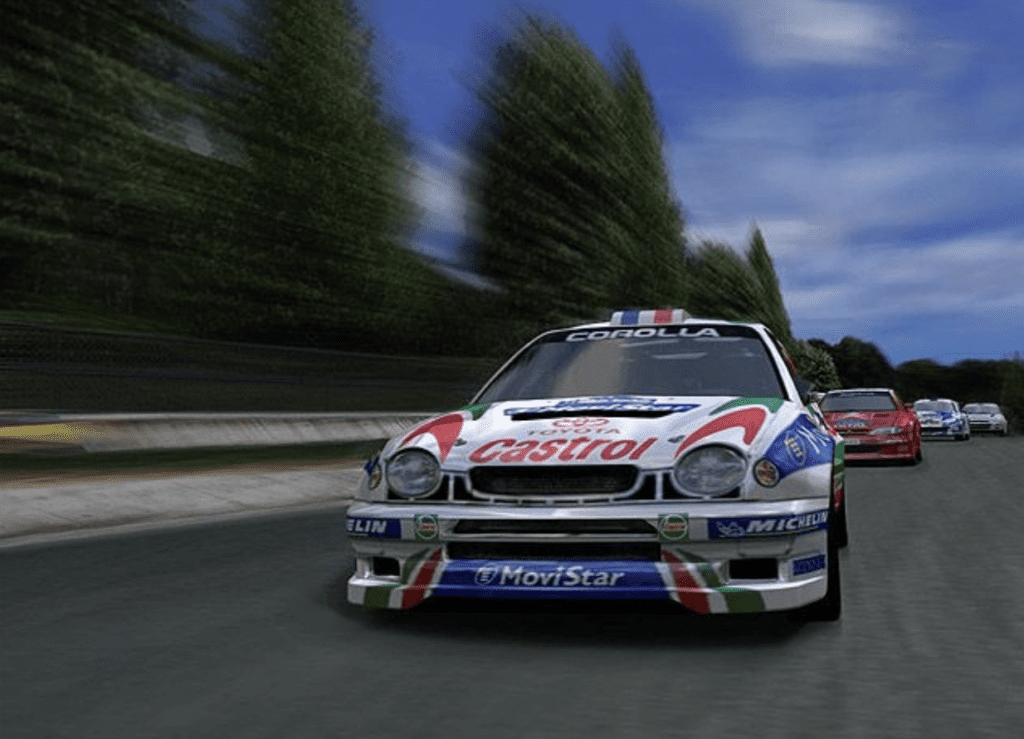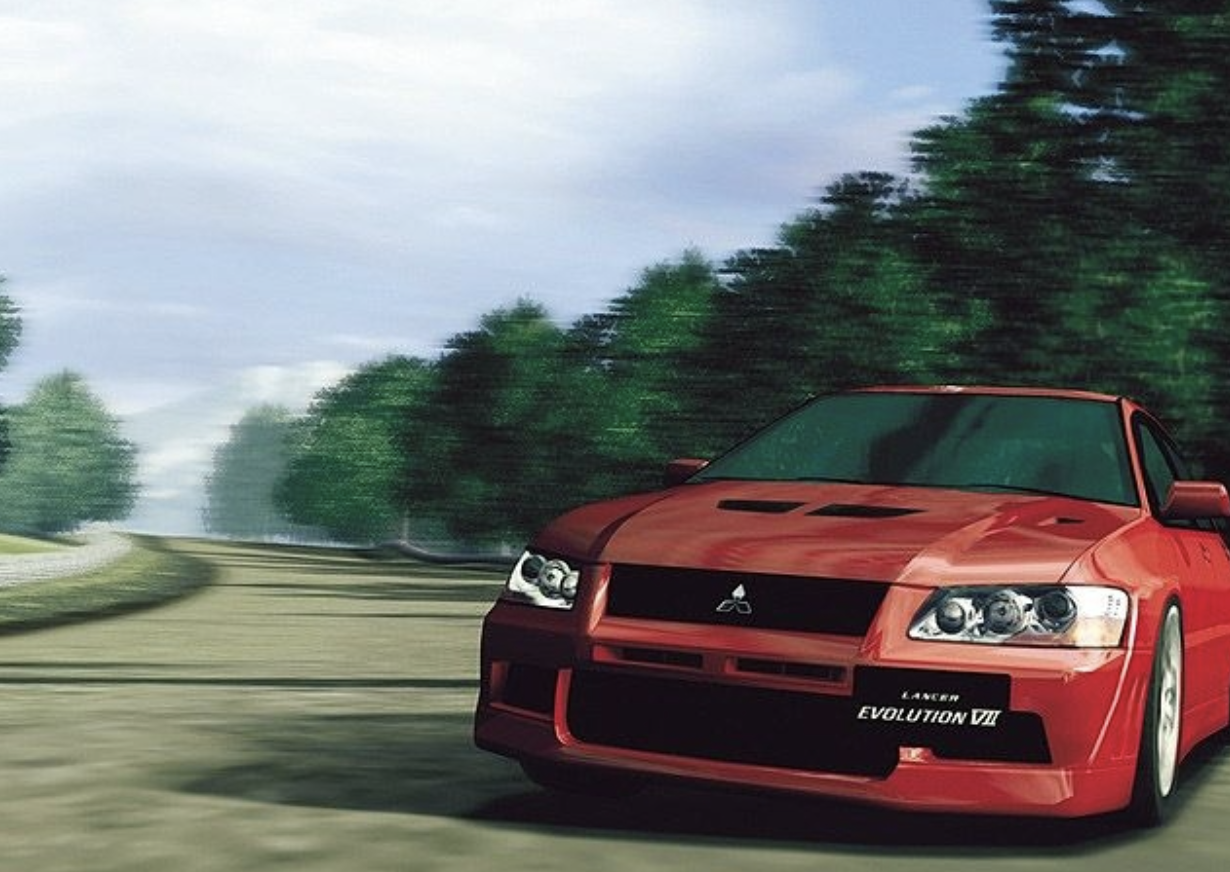Humanity has yet to conceive of a machine that could have measured the sheer amount of hype gamers everywhere were struggling with as we awaited the PlayStation 2. We flocked to the internet to download low quality captures of tech demos displaying realistic water physics and rubber duckies. We scoured gaming magazines for every scrap of information we could share with friends. We half-played our fifth console generation games knowing that something mind-blowing was just around the corner.
It felt like this next machine, Sony’s black monolith to DVD-based gaming, was capable of miraculous feats—a feeling shared by developers as well. In an interview about a game originally titled Gran Turismo 2000, series creator Kazunori Yamauchi, revealed that the next Gran Turismo game would utilize the advanced hardware of the PlayStation 2 to make a racing experience, “that’s even more realistic than the racing you see on TV.”


The result of Yamauchi’s aspirations for a third Gran Turismo title eventually crystalized into the game we know as Gran Turismo 3 A-Spec, a race game that carried the series forward in numerous ways and sold so many copies that they might as well have packaged one with every PS2. Time and the ever-increasing graphic fidelity of console hardware might lead you to think that Gran Turismo 3 is quaint by the hyper-realism of today’s standards, but ponder the context for a brief moment. The jump we’re talking about here is staggering in a way that is rarely seen in an age where every next iteration of a smartphone is another black rectangle. Gran Turismo transformed from all the high octane action the original PlayStation could squeeze out of a CD to something beginning to approach hyper realism on the PlayStation 2. I mean it had Lenny Kravitz and Powerman 5000 on the soundtrack for crying out loud!
As players of the previous titles may have suspected when they first booted up Gran Turismo 3, racers either slid behind the steering wheel for the immediate gratification of arcade mode, or enjoyed the path from rookie racer to proper wheel man in Gran Turismo Mode (known as “Simulation Mode” in the North American version of the game). In GT mode, players start out with just enough scratch to purchase their first vehicles and race in a few qualifiers, then grind out upgrades, better cars, and more prestigious races over time.
Gran Turismo 3 boasts roughly 150 cars, a bit of a downgrade from Gran Turismo 2’s 650. With the cut came certain upgrades to the cars that are available, however, including the ability to actually see the interior of the vehicles. Drivable cars ranged from a Daihatsu Mira Tr-XX Avanzato R ‘97 to an Aston Martin DB7 Vantage Coup ‘00 with plenty of options from American manufacturers like Chevrolet to a ton of Japanese makes, and European representation as well. Unlicensed versions of six Formula One cars could be won from endurance races as well.
Since the first game’s debut on the original PlayStation, Gran Turismo has remained firmly buckled into the driving seat of sim racing on all Sony hardware—and Gran Turismo 3 A-Spec is certainly no exception. The series’ first outing on the PS2 became that system’s second-best selling title with 14.89 million copies sold. Only Grand Theft Auto: San Andreas bested Gran Turismo with a whopping 17.33 million copies sold.
